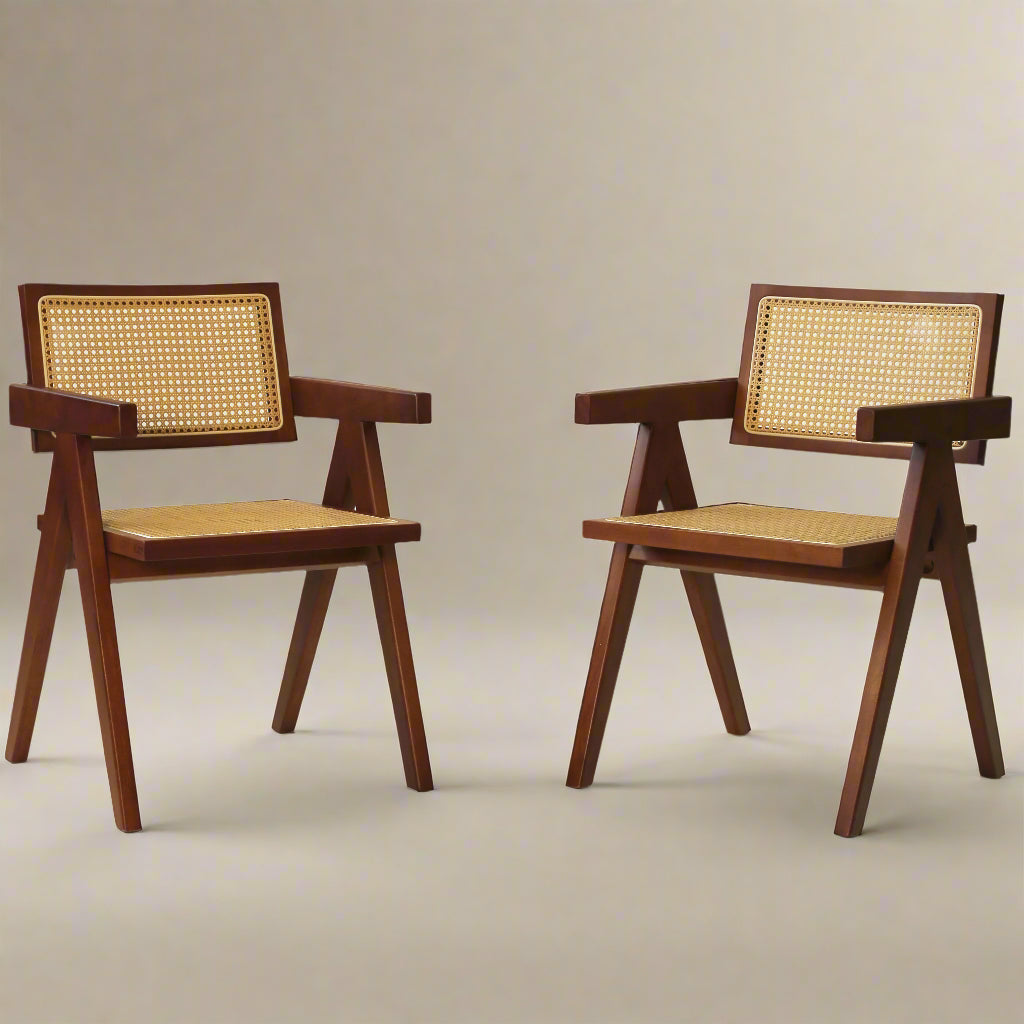
Modular vs Traditional: What Defines Modern Furniture Today?
Share
Modular vs Traditional: What Defines Modern Furniture Today?
If you’ve ever searched for a couch online, you’ve probably run into the word modular about a thousand times. It’s everywhere right now. But what does that actually mean? And how’s it different from the stuff most people grew up with — the typical “traditional” furniture that doesn’t move, doesn’t adapt, and definitely doesn’t come with machine washable covers?
Let’s break it down. Because this isn’t just about couches. It’s about how people live now versus how homes used to be set up.
What even is modular furniture?
Modular furniture is made of pieces you can mix, match, or move around to fit your space. Imagine a couch built from blocks — you can have two pieces today, then add a third or fourth later. You can turn it into an L-shape, break it up for movie night, or reconfigure it when you move. Some pieces even double as ottomans or extra seating.
The idea is flexibility. One setup doesn't have to last forever.
So what's “traditional” then?
Traditional furniture is usually fixed. It’s built to stay in one shape, in one spot. You buy a couch, and that’s the couch. Maybe it comes with matching chairs or a loveseat, maybe not. It's often heavier, harder to move, and in some cases, more formal-looking. Think carved wood, rolled arms, nailhead trim.
It’s the kind of furniture that stays with the house when your parents finally downsize.
Why are more people choosing modular now?
Three big reasons:
-
Spaces are smaller. Apartments, condos, even houses are getting tighter. Modular furniture lets you do more with less space. You can swap layouts as your life changes.
-
People move more. If you’ve changed cities or even just neighborhoods in the last few years, you know the pain of trying to get a giant couch through a narrow stairwell. Modular couches come apart. Problem solved.
-
It feels more casual. Traditional styles can feel stiff. Modular stuff leans into comfort. Soft edges, plush seats, laid-back vibe. It's furniture that fits into your life, not the other way around.
Is modular furniture good quality?
A lot of people ask this. They think modular = cheap or flimsy. Not always true. Like anything, quality depends on the brand, the materials, and how it’s built. Some modular pieces are actually more thoughtfully designed because they have to hold up while being rearranged.
If you’re buying something with solid framing, strong connections between pieces, and real fabric (not weird shiny stuff that pills after a month), you’re usually in good shape. Bonus points if the covers come off and can go in the wash. That’s a game changer.
Will it look too casual for grown-up spaces?
Not if you pick the right pieces. Modern modular furniture isn’t just big puffballs with no structure (though hey, some people love that). You can find sleek, minimal modular designs that look good in upscale spaces too.
Try pairing a neutral-colored modular couch with bold lighting or textured pillows. Keep your coffee table clean-lined, and suddenly it all looks pretty pulled together.
So... which is better?
Honestly? It depends. If you’re furnishing a formal sitting room that never gets used, maybe go traditional. If you're actually living in your space — watching movies, eating takeout, having friends over, maybe crashing on the couch now and then — modular just makes more sense.
It’s modern, not just in style, but in attitude.
Final thought
Modern furniture today is less about a specific look and more about how it fits into your everyday life. That’s where modular design wins. It changes when you do.
If you're ready to try it for yourself, explore modern furniture at Two Seventy Nine. It's furniture made for real homes, real messes, and real people.
